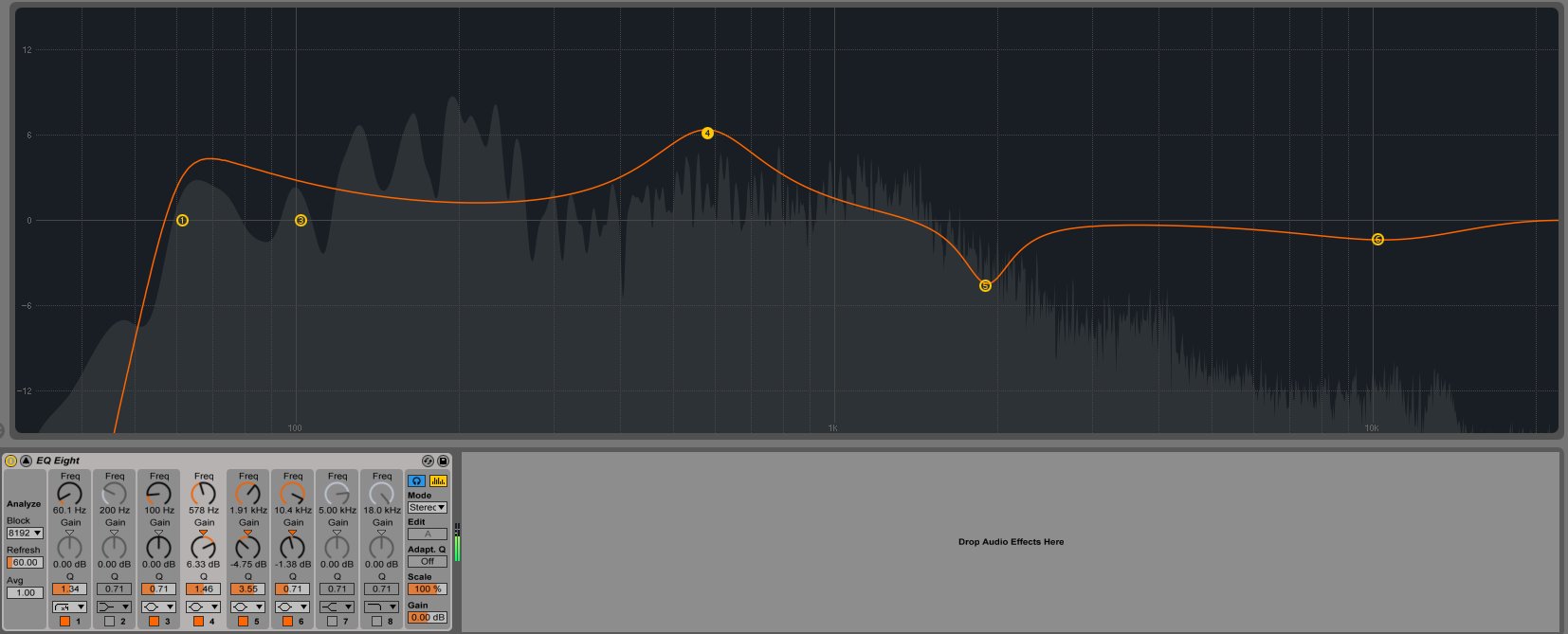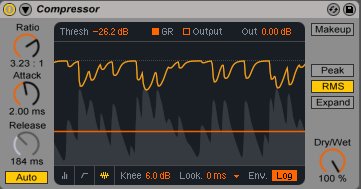Mixing Tools in Live 9, part 1: Interview with Ableton's Daniel Büttner
The forthcoming Ableton Live 9 contains an enhanced set of audio effect devices for mixing and mastering. We sat down with Daniel Büttner, the head of our Sound Team, to discuss the improvements to these new devices, and how they came to be.
What is the ultimate goal of these new devices in Live 9? In what scenario do you think they are best used?
The ultimate goal is to help musicians and producers get great sound out of Live more quickly. That's it. EQ and Compressor are some of the most often used devices, across all genres. We want the new studio effects be the go-to devices for any musician or producer working in Live. They offer precision, great sound and modern visualization while keeping the CPU usage down.
EQ8 has been redesigned – can you talk about the new spectrum and new pop out view?
EQ8 as a precision tool was lacking the interface to make precise adjustments. The breakout view with FFT spectrum display provides more real estate to edit EQ bands conveniently. We also added a few touches like multi-selection for bands and an audition mode that solos the band you're editing. We worked closely with Andrew Simper at Cytomic on Glue Compressor and the new SVF filters in EQ8.

Redesigned EQ8 in Live 9
How specifically does Hysteresis work with the new Gate? In what situation might I want to use it?
Hysteresis is a second threshold to close the Gate. It's quite a common parameter that helps avoiding "chatter" when the Gate opens and closes quickly. This can happen when the signal level is close to the noise level.
Compressor has some new views, and also some new envelopes. Can you explain those?
Dynamic range compression is difficult. Live's compressor, unlike some analog compressors, provides a lot of flexibility. We wanted to find a way for musicians to better understand what's going on by visualizing the intensity and speed of a Compressor. Especially visualizing the time–domain of compression helps fine-tuning certain parameters. We used Max for Live to prototype various activity views. The challenging part was to find a meaningful average while still showing the transients.
Besides the activity view, there was also a strong request for a simple compressor interface that is very intuitive and easy to use while taking up the least amount of screen real estate. The collapsed Compressor view shows input, output and gain reduction meters with only the most important parameters that you would typically find on a hardware compressor.

Live 9's new Compressor, showing the activity view
How has the sound of Live 9's Compressor changed?
To improve Live 9's compressor we sought after the top experts in dynamic range compression. The goal was to build a great sounding neutral compressor, as a counterpart to the Glue which has a distinct character based on an analog model. Josh Reiss, head of Audio Engineering in the Centre for Digital Music at Queen Mary London has been researching dynamic range compression for a while. We asked Josh to first break Live 8's compressor and then work with us on improving the DSP. Meanwhile we worked with Berlin-based producers and eventually came up with prototypes that underwent various A/B tests.
Probably the most important improvement is the "Lin/Log" switch. When set to "Log", the compression becomes much smoother and transparent. We decided to keep "Linear" as an option simply because there are situations where you want to apply a more brutal compression and hear the compression artifacts like pumping.
In part two of the feature on Live 9's new mixing tools, we'll talk to Andrew Simper from Cytomic, who played a key role in Glue Compressor and the new SVF filters in EQ8.